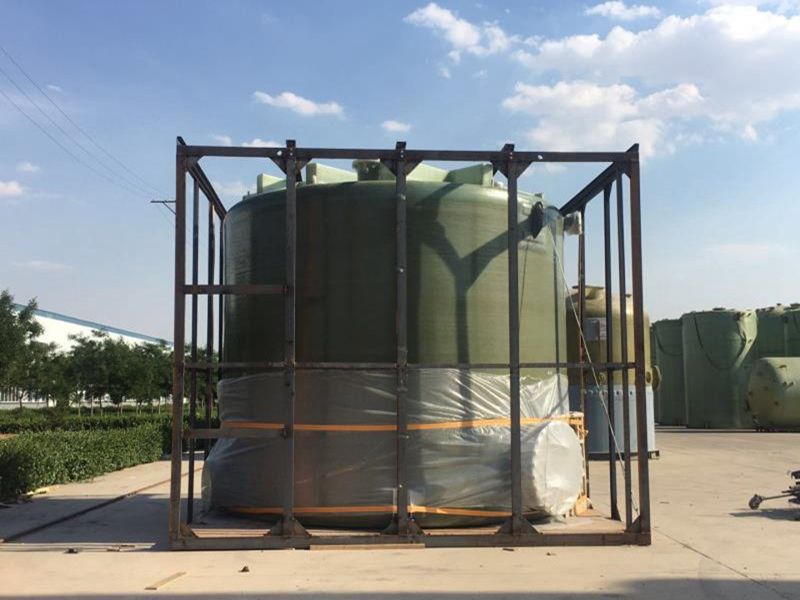
-
 Afrikaans
Afrikaans -
 Albanian
Albanian -
 Amharic
Amharic -
 Arabic
Arabic -
 Armenian
Armenian -
 Azerbaijani
Azerbaijani -
 Basque
Basque -
 Belarusian
Belarusian -
 Bengali
Bengali -
 Bosnian
Bosnian -
 Bulgarian
Bulgarian -
 Catalan
Catalan -
 Cebuano
Cebuano -
 China
China -
 China (Taiwan)
China (Taiwan) -
 Corsican
Corsican -
 Croatian
Croatian -
 Czech
Czech -
 Danish
Danish -
 Dutch
Dutch -
 English
English -
 Esperanto
Esperanto -
 Estonian
Estonian -
 Finnish
Finnish -
 French
French -
 Frisian
Frisian -
 Galician
Galician -
 Georgian
Georgian -
 German
German -
 Greek
Greek -
 Gujarati
Gujarati -
 Haitian Creole
Haitian Creole -
 hausa
hausa -
 hawaiian
hawaiian -
 Hebrew
Hebrew -
 Hindi
Hindi -
 Miao
Miao -
 Hungarian
Hungarian -
 Icelandic
Icelandic -
 igbo
igbo -
 Indonesian
Indonesian -
 irish
irish -
 Italian
Italian -
 Japanese
Japanese -
 Javanese
Javanese -
 Kannada
Kannada -
 kazakh
kazakh -
 Khmer
Khmer -
 Rwandese
Rwandese -
 Korean
Korean -
 Kurdish
Kurdish -
 Kyrgyz
Kyrgyz -
 Lao
Lao -
 Latin
Latin -
 Latvian
Latvian -
 Lithuanian
Lithuanian -
 Luxembourgish
Luxembourgish -
 Macedonian
Macedonian -
 Malgashi
Malgashi -
 Malay
Malay -
 Malayalam
Malayalam -
 Maltese
Maltese -
 Maori
Maori -
 Marathi
Marathi -
 Mongolian
Mongolian -
 Myanmar
Myanmar -
 Nepali
Nepali -
 Norwegian
Norwegian -
 Norwegian
Norwegian -
 Occitan
Occitan -
 Pashto
Pashto -
 Persian
Persian -
 Polish
Polish -
 Portuguese
Portuguese -
 Punjabi
Punjabi -
 Romanian
Romanian -
 Russian
Russian -
 Samoan
Samoan -
 Scottish Gaelic
Scottish Gaelic -
 Serbian
Serbian -
 Sesotho
Sesotho -
 Shona
Shona -
 Sindhi
Sindhi -
 Sinhala
Sinhala -
 Slovak
Slovak -
 Slovenian
Slovenian -
 Somali
Somali -
 Spanish
Spanish -
 Sundanese
Sundanese -
 Swahili
Swahili -
 Swedish
Swedish -
 Tagalog
Tagalog -
 Tajik
Tajik -
 Tamil
Tamil -
 Tatar
Tatar -
 Telugu
Telugu -
 Thai
Thai -
 Turkish
Turkish -
 Turkmen
Turkmen -
 Ukrainian
Ukrainian -
 Urdu
Urdu -
 Uighur
Uighur -
 Uzbek
Uzbek -
 Vietnamese
Vietnamese -
 Welsh
Welsh -
 Bantu
Bantu -
 Yiddish
Yiddish -
 Yoruba
Yoruba -
 Zulu
Zulu
Exploring the Properties and Applications of FRP Rectangular Tubes in Structural Engineering
Understanding FRP Rectangular Tubes Applications and Benefits
FRP, or Fiber Reinforced Polymer, is an advanced composite material that offers numerous advantages over traditional materials such as steel and aluminum in a variety of applications. One of the prominent shapes of FRP is the rectangular tube, which is increasingly used in multiple industries due to its unique properties and versatility.
Composition and Properties
FRP rectangular tubes are composed of a polymer matrix reinforced with fibers, typically glass, carbon, or aramid. This combination results in a material that is not only lightweight but also exhibits high strength and stiffness. The orientation and type of fibers used in the construction of FRP tubes play a crucial role in determining their mechanical properties. For instance, glass fibers are commonly used for general-purpose applications, while carbon fibers are selected for high-performance requirements due to their superior strength-to-weight ratio.
One of the hallmark characteristics of FRP rectangular tubes is their resistance to environmental degradation. Unlike steel, which is prone to rust and corrosion when exposed to moisture, FRP tubes maintain their integrity in harsh conditions, making them ideal for outdoor and marine applications. Additionally, FRP materials have excellent electrical insulation properties, which makes them suitable for electrical and electronic applications.
Applications of FRP Rectangular Tubes
FRP rectangular tubes are employed in a variety of sectors, including construction, automotive, aerospace, and marine industries. In construction, these tubes are utilized for structural components, offering a lightweight alternative to steel beams and columns. Their resistance to corrosion allows for longer service life, reduced maintenance costs, and enhanced safety in structures exposed to the elements.
In the automotive industry, FRP rectangular tubes are increasingly used in vehicle frames and components to reduce overall weight and improve fuel efficiency. The aerospace sector also values FRP materials for similar reasons, where every kilogram saved can significantly impact flight performance and fuel consumption.
Marine applications benefit from the inherent resistance of FRP to saltwater and UV damage. Rectangular tubes made from FRP can be found in boat hulls, masts, and various support structures, ensuring durability and longevity in challenging oceanic conditions.
frp rectangular tube

Benefits of Using FRP Rectangular Tubes
1. Lightweight Nature The low density of FRP tubes provides significant weight savings compared to traditional materials, which leads to enhanced performance in various applications.
2. Corrosion Resistance The ability of FRP to withstand corrosion and chemical attack ensures longevity and reduces the frequency and cost of repairs and replacements.
3. Design Flexibility FRP tubes can be manufactured in a variety of sizes and shapes, enabling designers to create custom solutions tailored to specific applications.
4. Reduced Maintenance Their resistance to environmental degradation translates to lower maintenance costs over time, providing a cost-effective solution in the long run.
5. High Performance FRP materials exhibit superior mechanical properties, making them ideal for high-stress applications where strength and reliability are paramount.
Conclusion
In conclusion, FRP rectangular tubes present a compelling option for various industrial applications due to their unique combination of lightweight, strength, durability, and corrosion resistance. As industries continue to seek innovative solutions that meet performance and sustainability goals, the use of FRP materials is likely to expand further. Whether in construction, automotive, aerospace, or marine sectors, the advantages offered by FRP rectangular tubes make them an increasingly attractive choice for engineers and designers alike.
Latest news
-
Rectangular Tank with Dimensions for GRP Calculation Custom Fiberglass GRP Rectangular TanksNewsJul.07,2025
-
High-Quality Fiberglass Weir Custom FRP Weir & Fiberglass Tanks ManufacturerNewsJul.07,2025
-
CPVC FRP Pipe A Reliable Choice for Industrial Applications High Strength & Corrosion ResistanceNewsJul.07,2025
-
Fiberglass Scrubber for Effective Cleaning and Stain Removal – Superior Performance in Various ApplicationsNewsJul.06,2025
-
YT27 Rock Drill Sure, Here's a Similar Short Phrase Drilling Rock is Tough but Our Tool ExcelsNewsJul.06,2025
-
Stone Drill Bit for Hard Rock Wholesale – High Performance Toothed Button Bit OptionsNewsJul.06,2025









